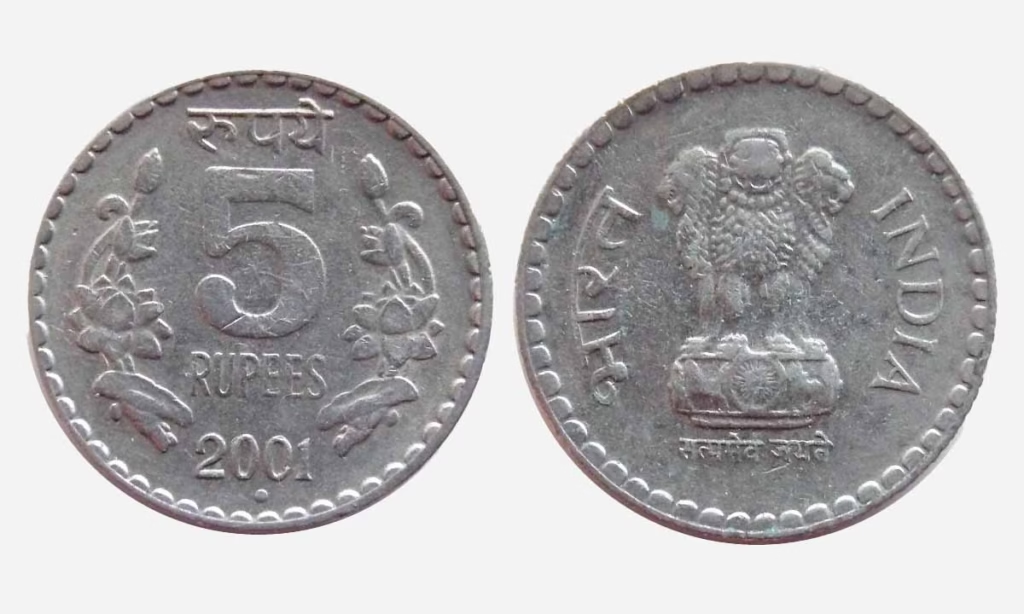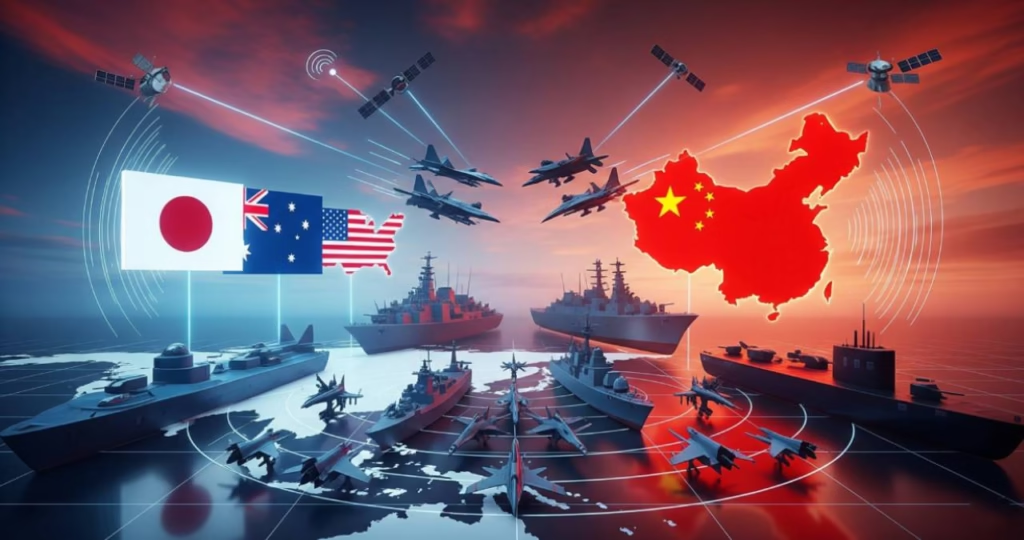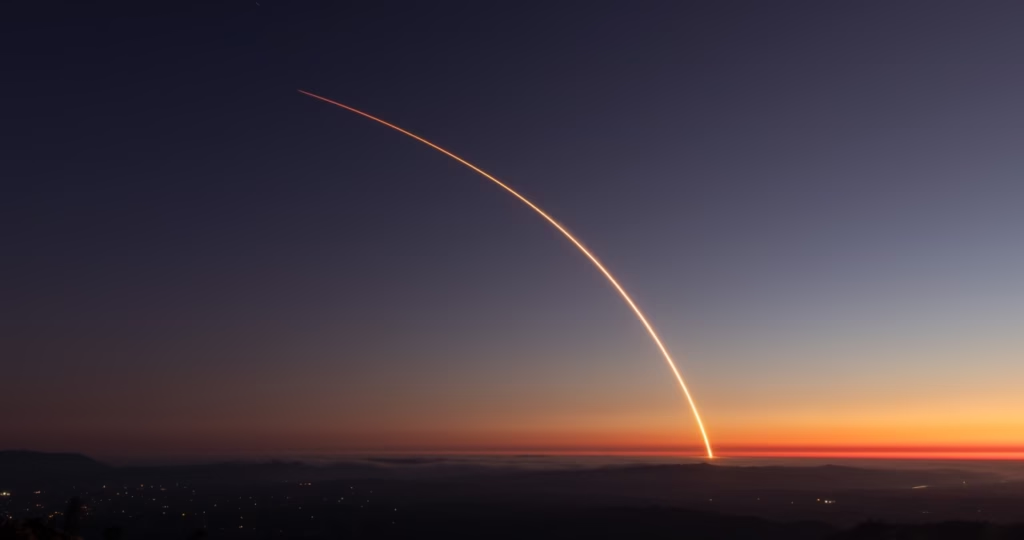On July 15, 2025, India celebrated a historic moment as Group Captain Shubhanshu Shukla, an Indian Air Force officer and astronaut, returned to Earth after becoming the first Indian to visit the International Space Station (ISS).
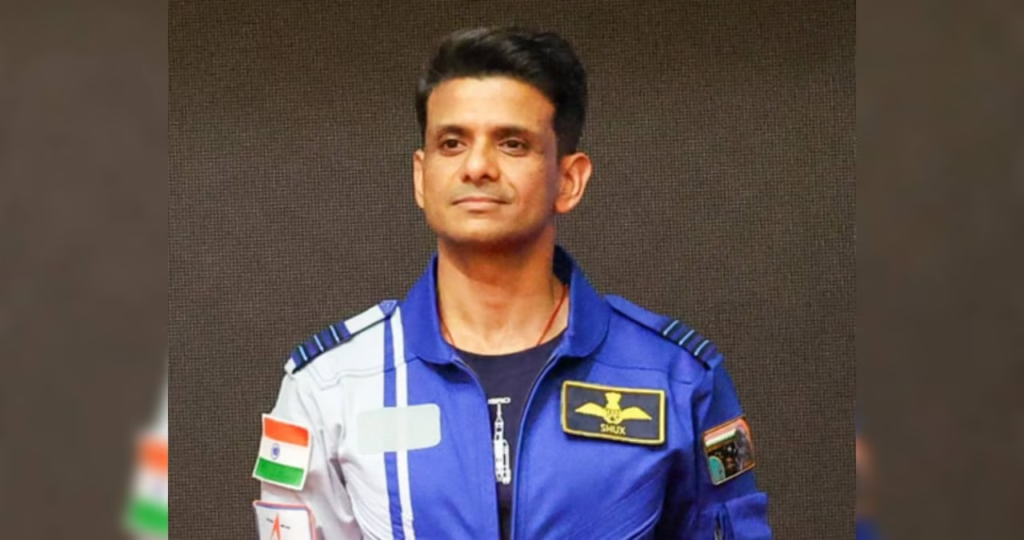
His journey aboard Axiom Mission 4 (Ax-4) marked a significant milestone for India’s space ambitions, placing him as only the second Indian to venture into space, following Rakesh Sharma’s 1984 mission. Shukla’s story is one of grit, expertise, and national pride, embodying India’s leap toward becoming a global space powerhouse. This blog dives into Shukla’s life, his groundbreaking mission, and what his achievements mean for India’s future in space exploration.
A Star from Lucknow
Born on October 10, 1985, in Lucknow, Uttar Pradesh, Shubhanshu Shukla grew up with dreams that soared beyond the skies. A proud alumnus of City Montessori School, Shukla’s academic journey laid a strong foundation for his stellar career. He earned a Bachelor of Science in computer science from the National Defence Academy in 2005 and later pursued a Master of Engineering in aerospace engineering from the prestigious Indian Institute of Science. These qualifications reflect his blend of technical prowess and scientific curiosity, qualities that would define his path to the stars.
 Why “Red Ties” at Alaska Summit May Change World Politics in 2025? →
Why “Red Ties” at Alaska Summit May Change World Politics in 2025? →Shukla’s personal life is as grounded as his ambitions are lofty. Married to Kamna Mishra, a dentist and his schoolmate, and father to a son, Shukla balances his high-flying career with a close-knit family life. His ability to speak English and Hindi fluently has also made him an effective communicator, connecting with audiences during his space mission through heartfelt messages like, “Namaskar, my dear countrymen! What a ride! We are back in the space once again after 41 years… Jai Hind! Jai Bharat!”
From Fighter Jets to Spacecraft
Shubhanshu Shukla’s journey to space began in the cockpit of fighter jets. Commissioned into the Indian Air Force (IAF) in June 2006, he rose to the rank of Group Captain by March 2024. With over 2,000 hours of flight experience, Shukla is a seasoned test pilot, skilled in piloting advanced aircraft like the Sukhoi Su-30 MKI, MiG-21, MiG-29, SEPECAT Jaguar, BAE Hawk, Dornier 228, and Antonov An-32. Known among peers as “Shux” or “Gunjan,” his expertise as a combat leader and test pilot made him a natural fit for the rigorous demands of spaceflight.

His selection as an astronaut in 2019 for India’s Gaganyaan program, the country’s first human spaceflight mission, was a testament to his skills. Shukla underwent intensive training at Russia’s Yuri Gagarin Cosmonaut Training Center in Star City from 2020 to 2021, followed by specialized preparation at ISRO’s Astronaut Training Facility in Bangalore. This training honed his ability to handle the complexities of space missions, from operating in microgravity to conducting scientific experiments.
 The England Cricket Team in 2025: A Rich Complete Guide →
The England Cricket Team in 2025: A Rich Complete Guide →Axiom Mission 4: A Historic Leap
Shubhanshu Shukla’s defining moment came with Axiom Mission 4 (Ax-4), a commercial spaceflight launched by SpaceX on June 25, 2025, from Kennedy Space Center, Florida. As the mission pilot, Shukla joined a diverse crew led by NASA veteran Peggy Whitson, alongside Poland’s Sławosz Uznański-Wiśniewski and Hungary’s Tibor Kapu. The mission, a collaboration between NASA, ISRO, ESA, and Axiom Space, saw Shukla become the 634th person to reach space and the first ISRO astronaut to visit the ISS.

The spacecraft docked with the ISS on June 26, 2025, kicking off a two-week mission packed with scientific and outreach activities. Shukla conducted around 60 experiments, including seven specifically assigned by ISRO, focusing on critical areas like food and nutrition for long-duration spaceflight. These experiments are vital for India’s upcoming Gaganyaan mission and future plans for a space station by 2035. Shubhanshu Shukla described the experience of floating in space as “an amazing feeling,” capturing the awe of weightlessness and the breathtaking view of Earth from orbit.
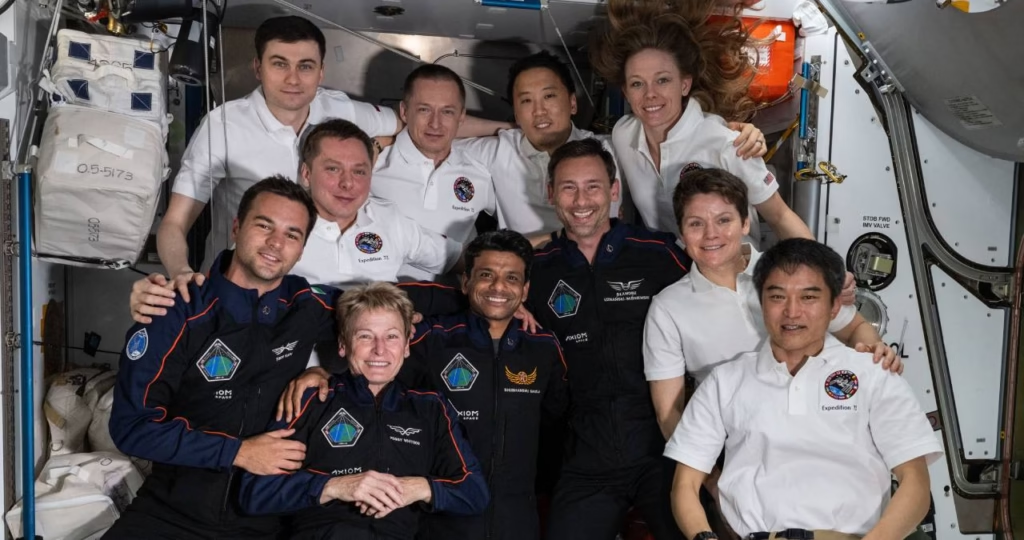
Beyond science, Shubhanshu Shukla connected with people back home through public outreach. On June 28, 2025, he spoke with Prime Minister Narendra Modi via videoconference, sharing his pride in representing India. He also engaged with students through ham radio sessions on July 4 and 8, inspiring the next generation of scientists and explorers. A conversation with ISRO Chairman Dr. V Narayanan on July 6 highlighted the mission’s significance for India’s space program. The mission, costing approximately ₹500 crore ($59 million) for Shubhanshu Shukla’s seat and training, was a landmark investment in India’s space ambitions.
On July 15, 2025, Shubhanshu Shukla and his crew undocked from the ISS and splashed down off San Diego, California, after a 22-hour journey. Greeted by a recovery vessel and flown to land by helicopter, Shukla returned as a national hero, celebrated by President Droupadi Murmu, Prime Minister Modi, and the Indian Air Force.
The Road to Gaganyaan and Beyond
Shubhanshu Shukla’s Ax-4 mission is a stepping stone for India’s Gaganyaan program, set to launch in 2025 as the nation’s first human spaceflight. Selected as one of the four astronauts for this mission, alongside Prasanth Nair, Ajit Krishnan, and Angad Pratap, Shukla’s experience on the ISS equips him with invaluable insights into living and working in space. Gaganyaan aims to send three astronauts into a low Earth orbit for up to seven days, a critical milestone in establishing India as a spacefaring nation.
India’s space vision extends far beyond Gaganyaan. ISRO plans to establish a space station by 2035 and send an astronaut to the Moon by 2040. Shukla’s role in these endeavors will likely be pivotal, given his proven expertise and international exposure. His mission has also strengthened India’s partnerships with global space agencies, showcasing the power of collaboration in advancing human space exploration.
A Symbol of National Pride
Shubhanshu Shukla’s journey resonates deeply with Indians, marking a revival of the nation’s space dreams 41 years after Rakesh Sharma’s historic flight. His message from space, filled with pride and optimism, struck a chord with millions. The media frenzy surrounding his return, coupled with accolades from national leaders, underscores his role as a symbol of India’s growing global influence. From the streets of Lucknow to the vastness of space, Shukla’s story inspires a nation to aim for the stars.
Why Shukla’s Mission Matters
Shubhanshu Shukla’s Ax-4 mission is more than a personal triumph; it’s a catalyst for India’s space aspirations. The experiments he conducted lay the groundwork for sustainable human presence in space, addressing challenges like nutrition and health in microgravity. His success also highlights the importance of international cooperation, as India joins hands with NASA, ESA, and private players like SpaceX and Axiom Space. For young Indians, Shukla is a role model, proving that dedication and skill can break barriers and reach new frontiers.
Looking Ahead
As India gears up for Gaganyaan and beyond, Shukla’s expertise will be instrumental in shaping the nation’s space program. His journey from a fighter pilot to an astronaut reflects the qualities of resilience, adaptability, and vision that define India’s space ambitions. With plans for a lunar mission and a space station on the horizon, Shukla’s legacy is just beginning.
In conclusion, Shubhanshu Shukla’s historic mission aboard Ax-4 has cemented his place in India’s space history. His story is a testament to what’s possible when talent meets opportunity, and it signals a bright future for India in the global space race. As we look to the stars, Shukla’s journey reminds us that the sky is not the limit—it’s just the beginning.
Also Read: War With China in 2025? How Japan and Australia Are Preparing, and Why the U.S. Is Taking Notice.
 Will Elon Musk’s America Party Spark a Political Firestorm 2026? →
Will Elon Musk’s America Party Spark a Political Firestorm 2026? →



